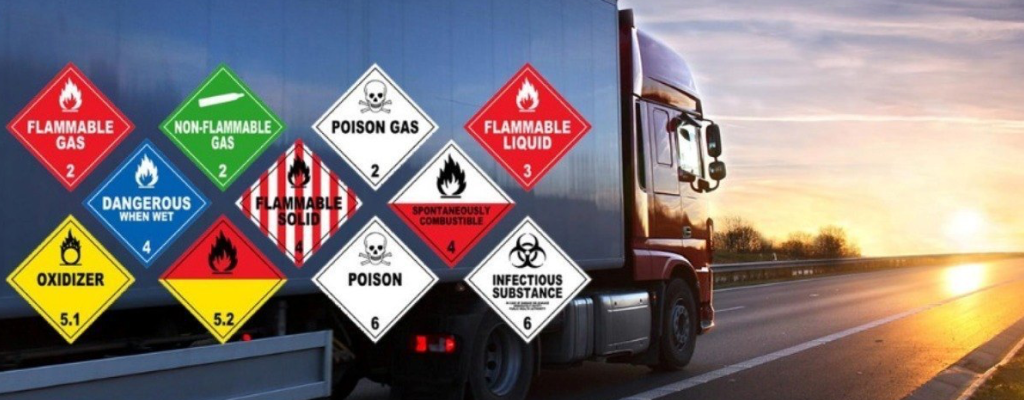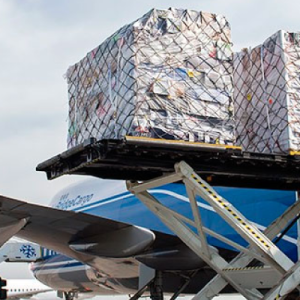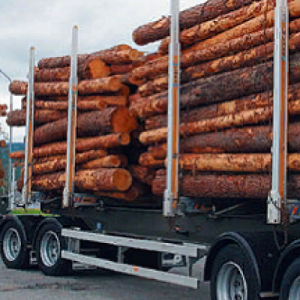Dangerous Goods are substances or items that may pose a risk to health, safety, property, or the environment. These include explosive, flammable, toxic, radioactive, and corrosive materials.
The requirements for the transport of dangerous goods include strict regulations and safety measures. Below are the main requirements:
Classification and identification:
- Dangerous goods must be classified in accordance with international standards (e.g. UN classification).
- Each container with dangerous goods must have appropriate markings and signs.
Packaging:
- Dangerous goods must be packed in strong and stable packaging that prevents leakage or damage.
- Packaging must comply with international and national standards.
Documentation:
- Accompanying documentation is required for each consignment of dangerous goods, including a Dangerous Goods Declaration, instructions for emergency procedures, and other necessary documents.
- The documentation must be in the language of the country of departure, transit, and destination.
Marking and labelling:
- All packages and vehicles must be properly labelled and have appropriate labels indicating the type of hazard.
Personnel training:
- All employees involved in the transportation of dangerous goods must undergo special training and have the appropriate certificates.
- The training must cover proper packaging, marking, loading, unloading, and accident precautions.
Transportation:
- Vehicles must meet the technical requirements and be equipped for the safe transportation of specific types of dangerous goods.
- Drivers and operators must comply with traffic rules and special instructions for the transport of dangerous goods.
Safety and emergency procedures:
– Measures to prevent accidents and emergencies must be developed and implemented.
– Personnel must be trained to act in case of leakage, fire, or other emergency.
International and national regulations:
– Transportation of dangerous goods must comply with international (e.g. IMDG Code for Sea Freight, ADR for Road Freight) and national regulations.
Compliance with these requirements is necessary to ensure the safety of people, the environment, and property during the transportation of dangerous goods.
The partnership with Uni-Laman Shanghai provides customers with access to a wealth of experience and a professional approach to the international transport of dangerous goods.
Our specialists provide comprehensive solutions, from consultations and development of the optimal route to the organization of cargo tracking and control. We ensure the safety and efficiency of cargo delivery to countries, offering favourable conditions and operational support.




